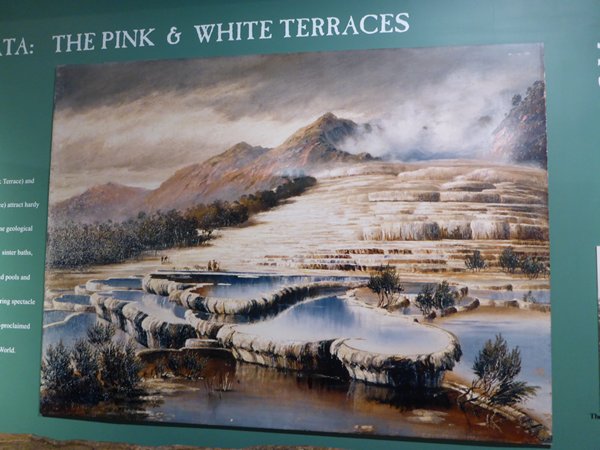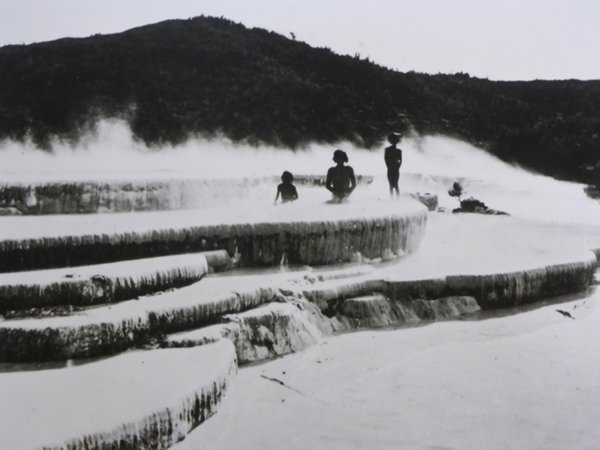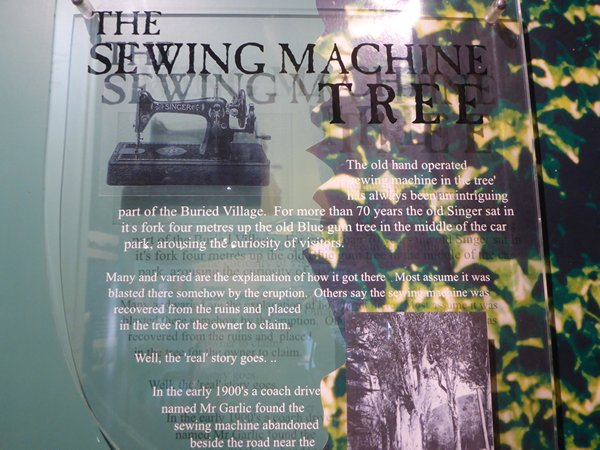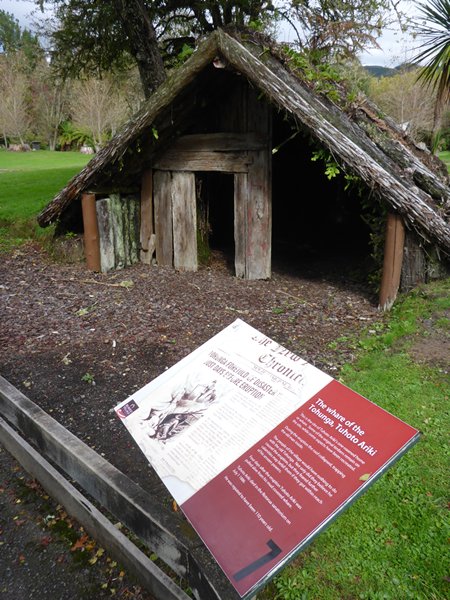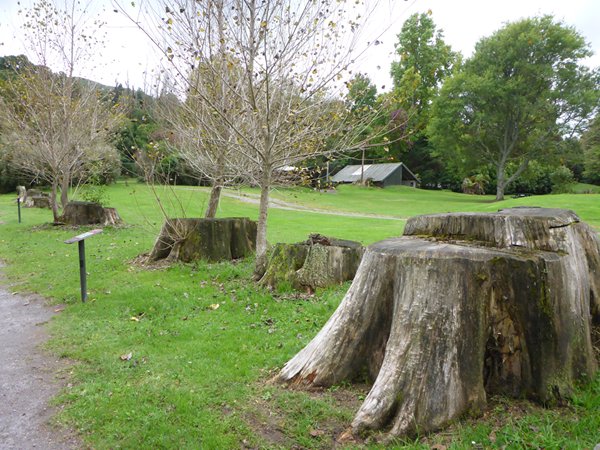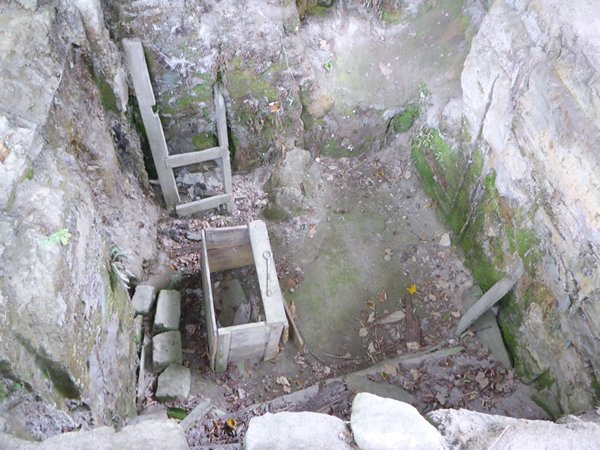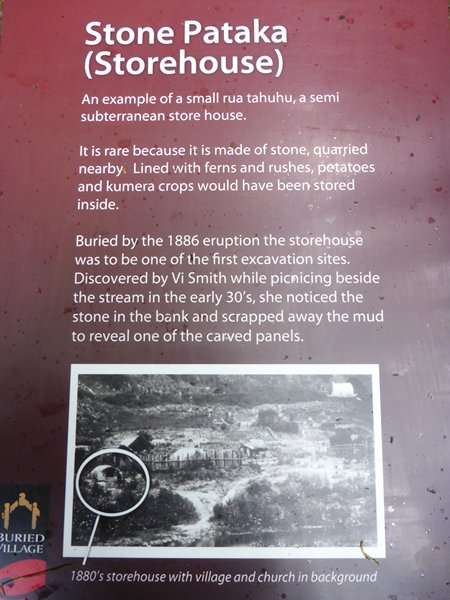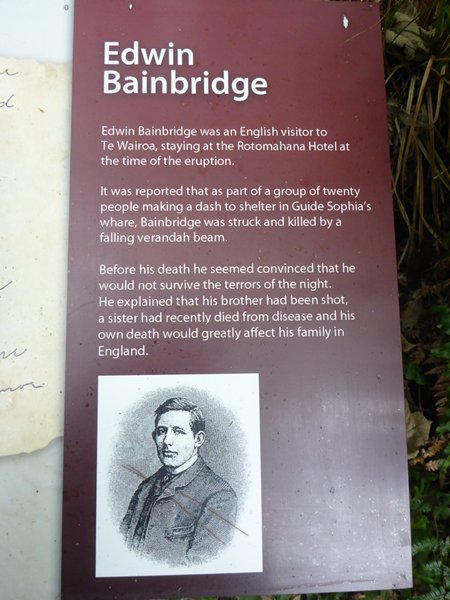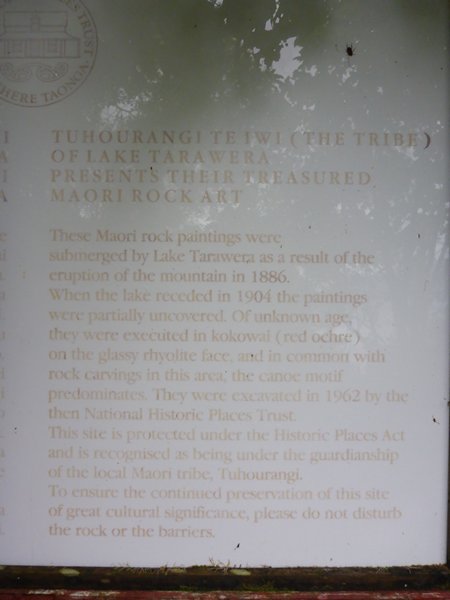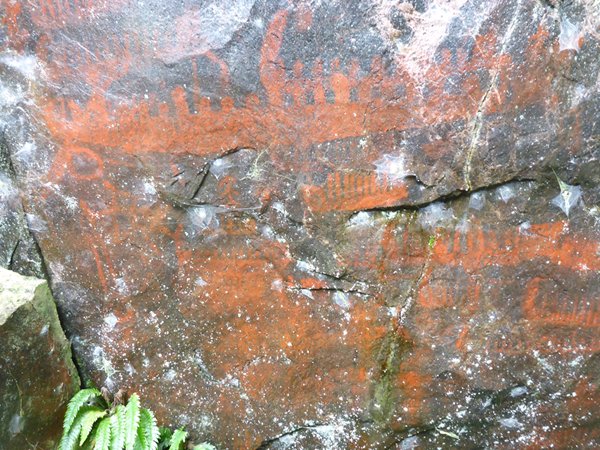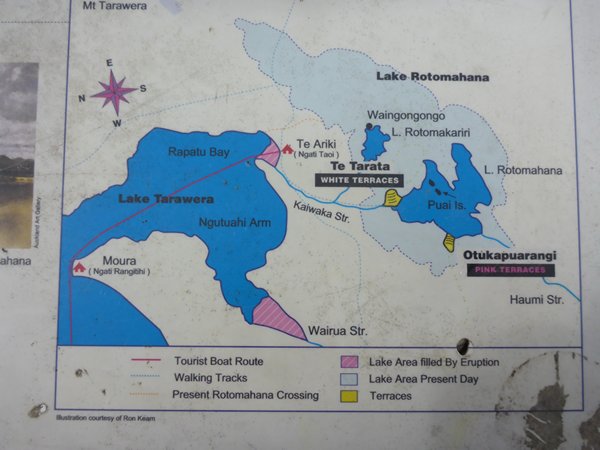Te Wairoa The Buried Village or Pompeii of Rotorua

|
Tuhoto’s Prophecy comes true as Mt Tarawera Awakens Tuhoto was a Maori priest and in his one hundred years he had seen many changes come to his people and they displeased him. The ways of his ancestors were giving way to a strange modernity. Not far from his village is Mt Tarawera (1111metres in its erupted height) which was thought to be extinct in Tuhoto’s time. On one side of the partially collapsed rim a hot water spring flowed down the outside of the mount and over many years the minerals in the water formed terraces of rounded pools. The higher ones were white and further down the valley they were pink. The water in the pools at the top are naturally hottest and it cools as it flows down through the lower terraces. Maoris loved to relax in the pools and when the first Pakeha arrived and settled in the area both Maori and the settlers were keen to exploit the commercial potential of what became known as the Eighth Natural Wonder of The World. A small town with two hotels grew up around Tuhoto’s village known as Te Wairoa and hordes of visitors made the difficult and long journey from Europe to swim in these beautiful pools. Some Maoris including Sophie became much respected guides taking their curious clients across the lake in row boats to scramble through the native forest to the glistening spectacles. One day in 1886 a phantom Waka or war canoe was seen on the lake in a time when there were few left and none in this area. The guide reported it to Tuhoto who took it as a prophecy that immense destruction was on its way. No one wanted to believe him but two weeks later the sleeping giant erupted with such violence that Lake Tarawera itself exploded sending millions of tons of mud down the nearby valleys burying numerous villages to a depth of many metres. Te Wairoa received one and a half to two metres but in the valley below the terraces Maori villages were buried much deeper and no one survived. In Te Wairoa the Maoris thought Tuhoto had actually caused the eruption with his prophecy and from being a much respected priest before his people were so disgusted they left him entombed in his one roomed whare. Not forever though. He was brought out and died in a sanatorium later that year. At the time it was thought the terraces were destroyed under the volcanic debris but in the last few weeks scientists and archeologists have unearthed part of them and found them to be in good shape. Whether they could ever return to their pre-eruption beauty and be fed by the same spring seems very unlikely. Oddly enough Reginald and Violet Smith bought the land just as Naples and the surrounding area were raised to the ground by the 1931 earthquake I described earlier. Their intention was to farm it and maybe they did but they also started excavating their buried village. One day Vi was on a picnic down by the pretty stream you see in the pictures. She was idly tickling the ground when her fingers felt a stone carving that turned out to be part of a Pataka, a stone store house which when lined with fern leaves would be the storage for kumara and potatoes. They must have loved their home and it is a pretty place. Also if you look across the stream you can make out about five tall straight trees. They are kauri, possibly planted by Vi and Reg in an area where they don’t usually grow. Another botanical phenomenon are the sawn off trunks in another picture. ‘Why a picture of tree stumps?’ you might well ask. Well they were originally a poplar fence post fence bordering the track that led up to one of the hotels. After the eruption rich mud buried them leaving just a few inches exposed at the tops. Loving the moist fertile soil the posts started to grow into trees and over the next 126 years around forty of them grew to over forty metres. Sadly one fell and realising the others were unstable they had to be felled too. Given the right conditions there’s no stopping nature. And what of poor Edwin Bainbridge who had lost both his brother and sister before him, victim of a self-fulfilling prophecy of his own death. Killed by a wooden beam as he tried to escape from the Rotomohana Hotel to safety in Sophie’s whare. On a lighter note I cannot count the number of times contemporaries of my sewing machine have been referred to as ‘old’ and ‘historic’. This one was found after the eruption so it was placed in the fork of a small tree in what became the car park so the owner could reclaim it. Whether or not the eruption claimed the owner is not known but there it stayed as the tree grew to maturity. Locals were so fond of the tale that when the tree had to be felled they gave it a place as a museum exhibit. |
VERSION:2.1
N:;robert white
FN:robert white
REV:20180430T202722Z
END:VCARD
